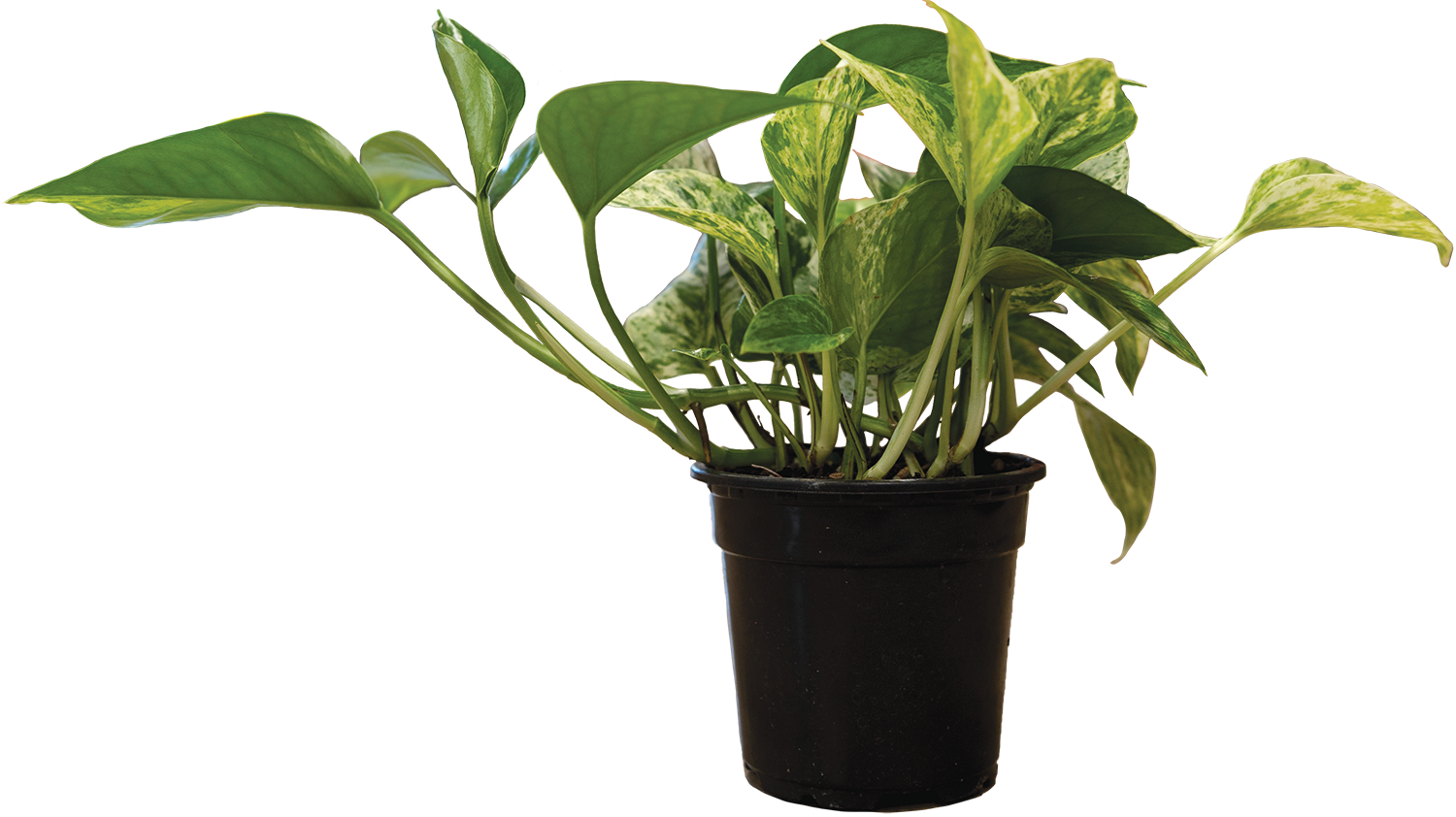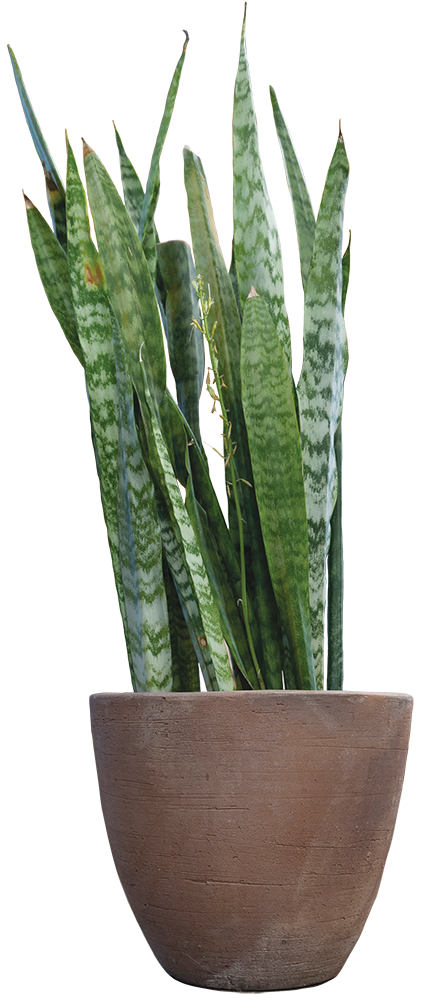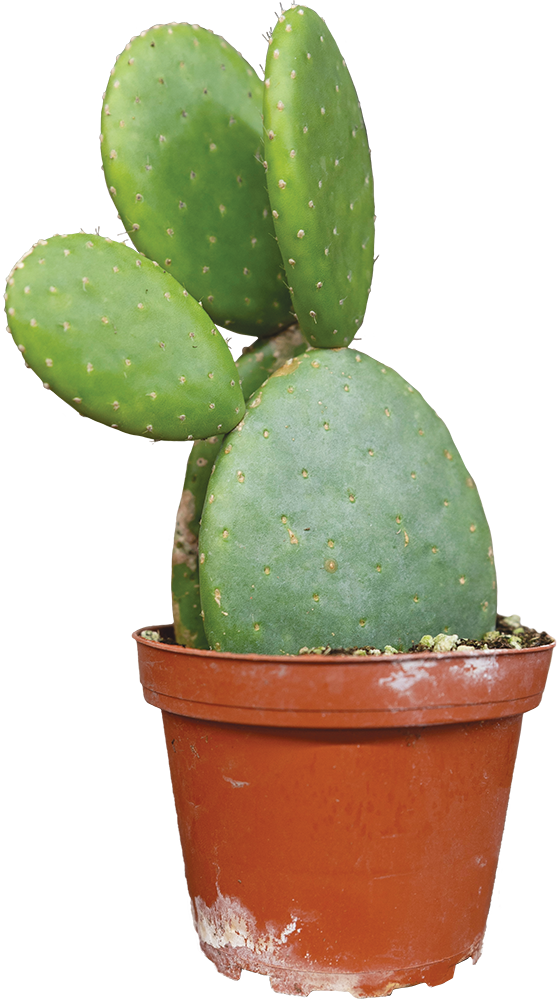
Dorms can be a dark and cramped space for students. Sometimes seeing something grow in a dorm can help make it feel a little more like home. However, raising plants may be difficult in a dorm. Students may not have enough access to sunlight for their plants, or they could be entirely new to plant growing and don’t know where to start. Some plants are also just not meant to be grown in a dorm, but how can someone figure out which plants are best?
Martin Stone, a Leicchardt professor of horticulture, said that dorms are great places to grow plants, but students should see what type of setup they have before they get a plant.
“Dorms can be a wonderful place to grow a garden of plants. It can be rewarding and bring pride and serenity to a student’s otherwise stressful life away from home and at a university. The place to begin is to understand that the plants that you see for sale or on Instagram or at a friend’s place may look fun, but they might not work in your particular setup,” Stone said. “Gardeners are often cursed with wanting what others have and spend much money and time trying to copy someone’s success.”

Abigail Krent, a senior from Noblesville, Indiana, is the president of WKU’s Horticulture Club. Krent said the first thing students need to do is figure out what direction their window is facing.
“When it comes to plants, you need to know what light you have. Most people worry about overwatering or underwatering plants, but it’s probably the light that’s the issue when you’re struggling to grow plants,” Krent said. “South-facing windows get the most direct light all day because the sun rises in the east and sets in the west. So you’re gonna get the most sun from the south-facing window, and you’re gonna get the least amount of sun from a north-facing window.”
Krent said that if a student was lucky enough to get a south-facing window, they would essentially be able to pick any plant they want.
“A succulent would be nice. They don’t often flower, but I think they’re nice to look at. They also come in, like, all shapes, sizes and colors,” Krent said.
Krent said snake plants are best for buildings that are known to have mold. She said that these can purify the air around them, and they are easy to grow in low-light situations.
Krent also recommended one of her favorite flowers, the African Violet.
“They have purple flowers that can range in different shades of purple,” Krent said.“They also purify the air, and they like indirect light, so you can have a variety of different facing windows and still get some success with those plants.”
Talking to experts at flower shops and nurseries can also be helpful for students who are new to raising plants. Will Galbreath, the owner of Hillview Garden and Floral Nursery on Nashville Road, said he is very happy to help new gardeners.
Galbreath recommends ZZ plants and Anthuriums as they are relatively low maintenance.
Stone said that beginners usually overwater or underwater their plants, which is fatal. He said that it is best to water a plant once the soil has dried out and before the plant starts to wilt. He said that fertilizer should be used sparingly with house plants, and the darker the environment is, the less fertilizer the
plant needs.
“Don’t overlove your plant. It’s the worst thing you can do. It needs water once a week, and it doesn’t need to sit in water.” Galbreath said.
Galbreath said when someone buys a plant, it usually will be potted in a black plastic pot with holes at the bottom, which is called bioplastic. Usually, when someone buys a plant they will place the plant and the bioplastic into a decorative pot that has no holes in the bottom. So when the plant is watered, instead of draining from the bottom, the water pools at the bottom and sits there. This leads the plant to become overwatered and it will start to weep.

Stone said that plants that are tropical or leafy are good starting plants.
“I would choose plants that are leafy and tropical and not cacti – at least not at first. Leafy plants such as pothos, English ivy and ferns are great places to begin,” Stone said. “In general, most succulents and cacti require too much light and will look yellow and stretched over time due to a lack of light. Remember, you do not have as much light as you think. Our eyes are not good judges of the quantity of photons streaming and bouncing their way into our dorm rooms.”
Stone said the best advice he could give to beginners is to find someone else who is growing plants in their dorm.
“For students growing plants for the first time or maybe their first time in a dorm room, my best advice would be to find someone down the hall on the same side of the dorm and see what successes they are having, and it is likely you will have them as well,” Stone said. “Remember that the side your window faces is the most important factor on what types of plants with which you will have success.”
He said students who have an interest in plants should join the Horticulture Club in the Department of Agriculture and Food Science. He said that the best way to learn something is to get experience with those who are also learning and this is true of woodworking, growing plants or writing short stories.
